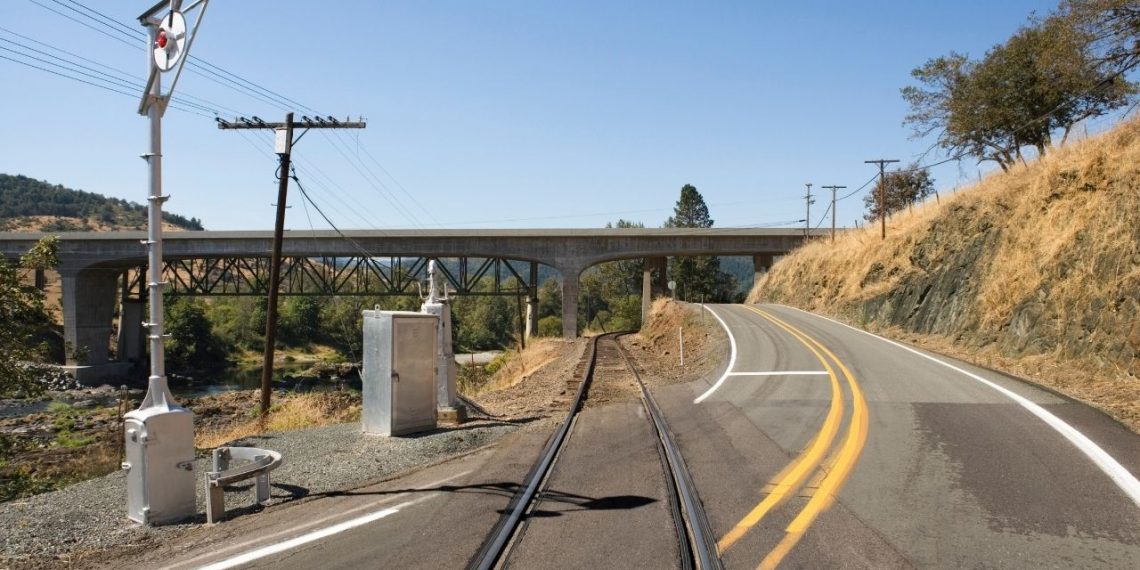Even more so than in urban areas, where there may be many routes to get to the same place, rural areas often depend on a single route between destinations. Highway transportation in rural areas is critical for a variety of reasons, including access to employment, healthcare, education, emergency services, and transportation of goods and services to rural communities. Since the majority of smaller communities also lack access to mass transit options, safe and reliable rural highways are essential for members of rural communities to have access to goods and services.
Rural highways present different safety and traffic management challenges than urban highways. Rural communities often lack the funds to repair or replace damaged roadways or deteriorating bridges, or implement new safety measures, which can lead to safety hazards and increased accidents. As the population continues to grow, many rural highways are seeing increased traffic, which they weren’t designed to handle. In addition, the heightened demand for home delivery has also increased the need for freight vehicles, which many rural highways also weren’t designed to accommodate.
As traffic and vehicle technologies advance, rural communities are falling farther behind the times in most aspects of highway safety and traffic management, mainly due to a lack of resources. However, there are a lot of ways in which the implementation of traffic technology could benefit rural highways.
Sensors
Given the vast areas connected by rural highways, there are a lot of different environmental hazards that can be encountered along those paths. One way to alert drivers to the potential of hazardous conditions on the road ahead is with a combination of road sensors and message signs. When the sensors indicate a certain type of hazard is present, such as fog, drifting snow, or flooding, for example, a message will appear on a roadside sign that alerts drivers to the issue. This can be especially beneficial to drivers when there’s low visibility, either due to the terrain or the conditions. Giving drivers a warning about these conditions gives them the opportunity to select another route or adjust their driving accordingly, which can help reduce accidents and help with traffic flow. Sensors can also be used to detect a vehicle’s speed and warn drivers to slow down for specific hazards and/or road conditions ahead.
Pedestrian Crossings
Though most rural highways are sparsely populated, there are times when these roads pass through small towns or near schools and other gathering places. In those instances, it’s important to have very clear signage in areas where pedestrians may be crossing. Given the major differences between driving in rural and urban areas, rural drivers probably aren’t as used to looking for pedestrians on the roads, which can result in accidents. Pedestrian crossing systems use both lights and signs to alert drivers to the location of a crossing, and can even be programmed to flash specifically when a person is in the crosswalk. This increases the visibility of crossing locations and makes the road safer for both drivers and pedestrians.
Solar Power
Technological advances in solar power and other renewable energy systems are occurring almost daily, and being applied in almost every industry. Traffic safety products are no exception. Harnessing the power of solar energy can have a lot of benefits for safety products, because it means additional signs and safety indicators can be installed in areas where it is cost-prohibitive to run traditional power. This can be especially beneficial in rural areas where running additional power lines is impossible or too costly. Instead, solar powered hazard warnings can be used in many places to alert drivers to a variety of upcoming hazards, including weather-related problems, sharp curves, wildlife crossings, and more. Using solar powered warning systems can be a great way for rural communities to better manage local traffic issues while staying on budget and keeping drivers safe.
Vehicle Detection
Vehicle detection sensors can be implemented to promote highway safety in rural areas in multiple ways. In areas where there is low visibility, traffic sensors can alert other drivers of oncoming traffic. In places where traffic signals are necessary on rural highways, installing sensors to change the lights based on traffic patterns can help with traffic flow and ensure drivers aren’t waiting endlessly at a red light for no reason.
Rural, non-interstate roads have a traffic fatality rate that is nearly two-and-a-half times higher than all other roads. Given that statistic, paired with the ever-increasing traffic on our rural highways, it’s vital to the safety of all drivers that rural communities find ways to implement traffic technology on rural highways. In addition to improved driver safety, roadways that are equipped with better safety protocols and signage have lower repair and maintenance costs, and require fewer emergency resources than other roads. As technology improves, costs usually go down, so now is the time for rural communities to embrace traffic technology for rural highways.
ELTEC has been a world-class manufacturer and innovator in traffic control signs, traffic safety equipment and overall traffic control products for nearly 50 years. Our goal is to significantly reduce the number of fatalities on our roads each year by implementing warning systems, and we are constantly coming up with new ways to innovate our products to provide you with the best possible safety and warning systems for your community. Contact ELTEC Traffic Products and Warning Systems today to learn how we can meet your traffic signal needs with state-of-the-art systems that are built to save lives.


